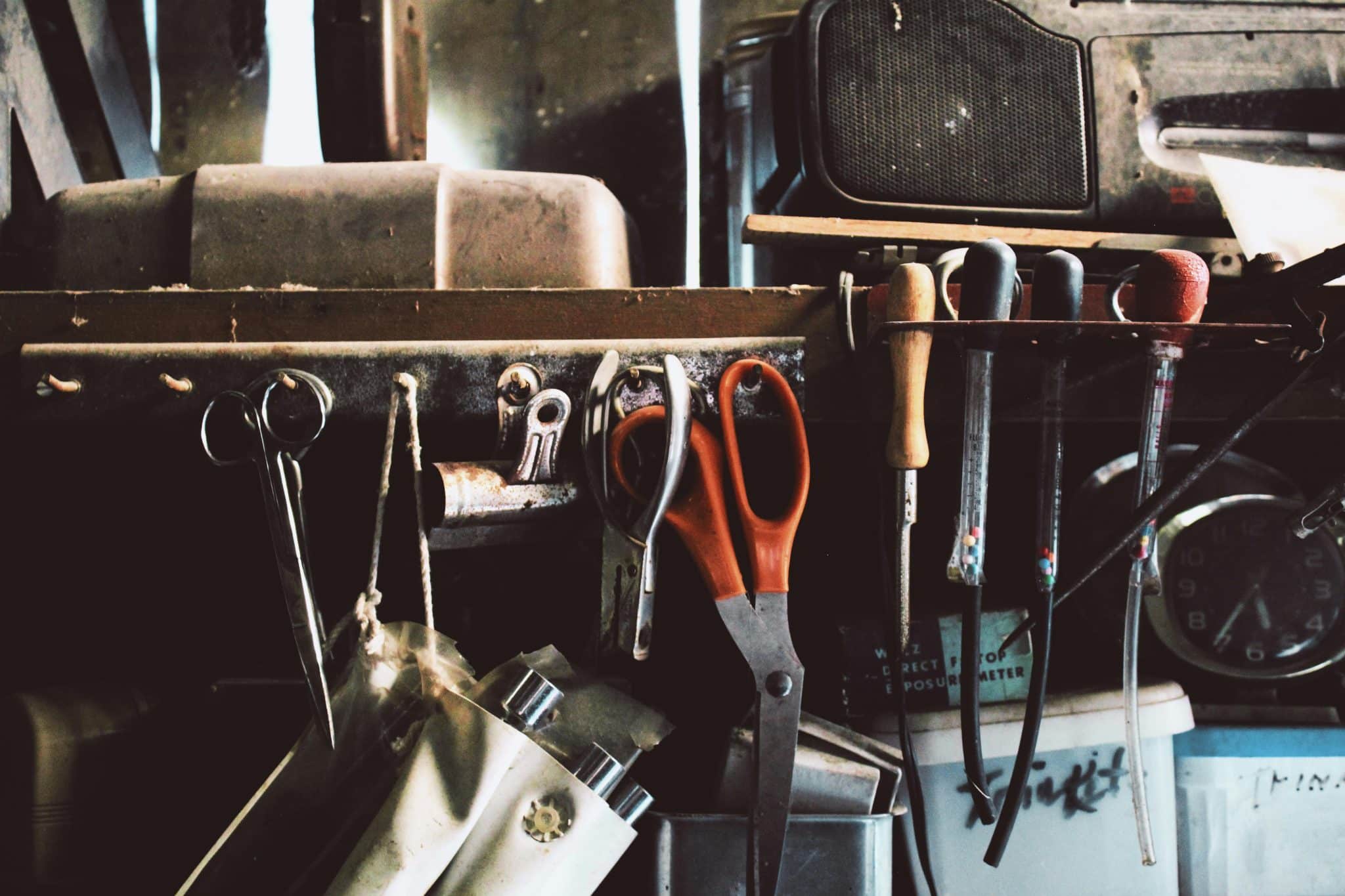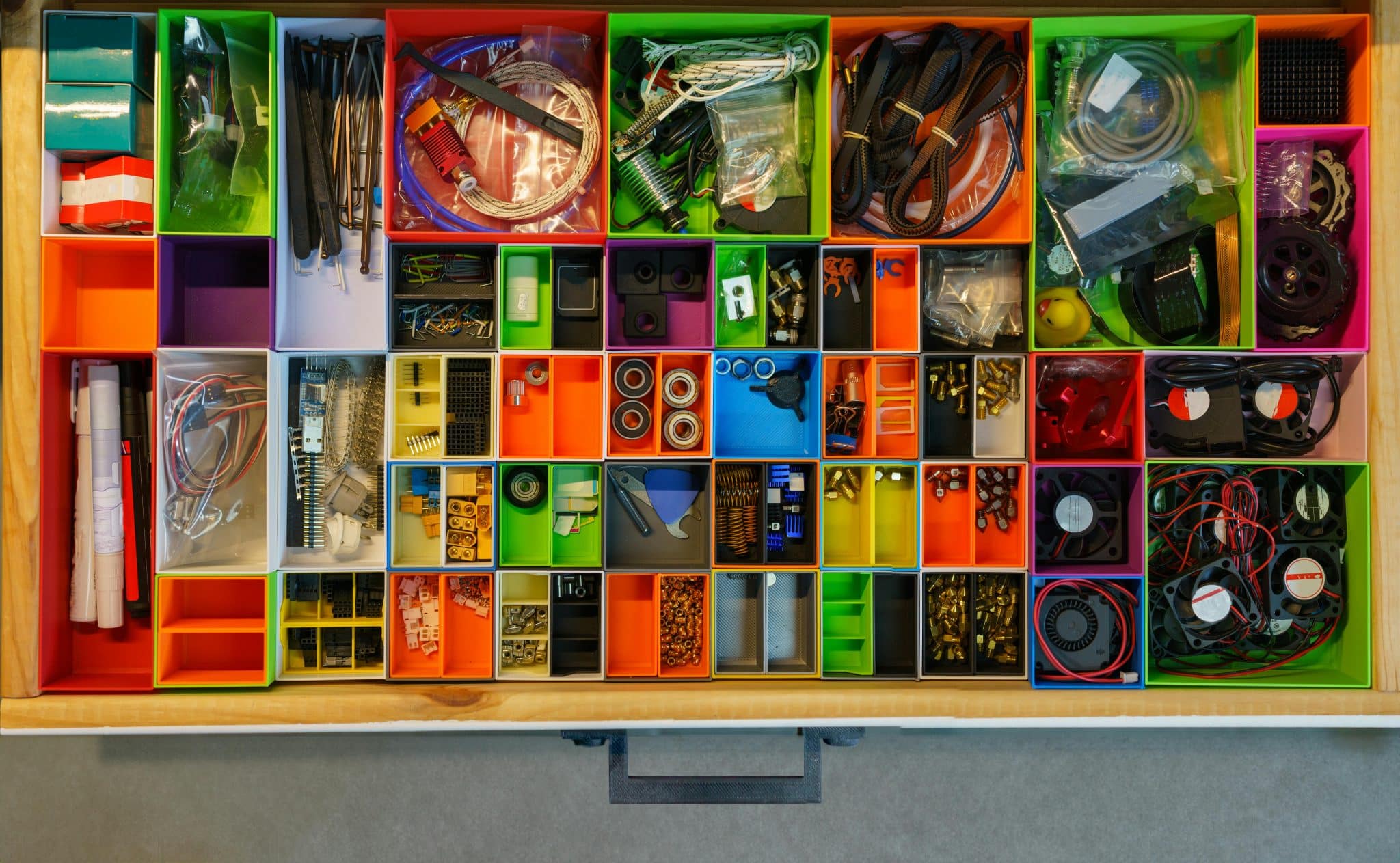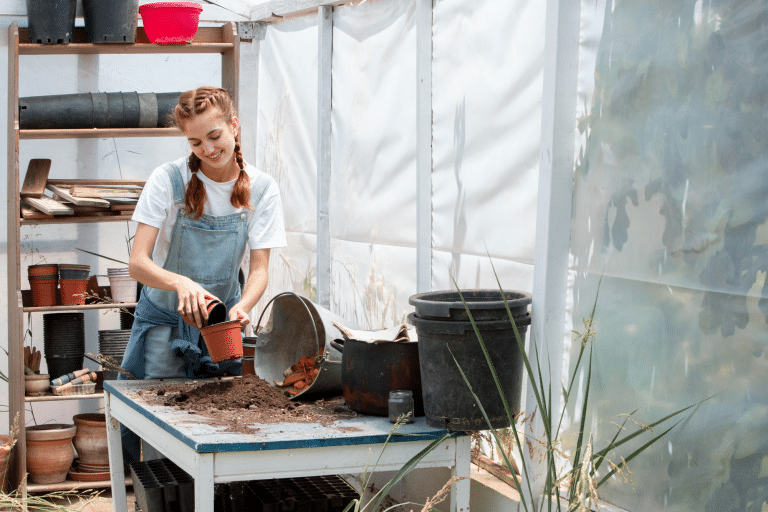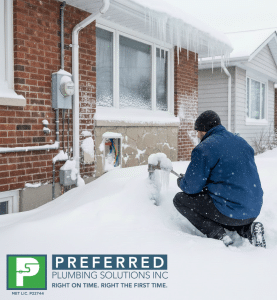If your garage is cluttered and hard to navigate, you’re not alone. Garages easily turn into a catch-all for everything from tools to old bikes, leaving too little space for hobbies like gardening.
Luckily, with some planning and a few smart upgrades, you can transform your garage into the perfect garden workshop—organized, tidy, and always ready for the next project. Here are seven practical ways to reclaim your garage for all your gardening needs.
Zone Your Space for Maximum Efficiency
Start by thinking about how much space you actually have and how you want to use it. A zoned approach helps keep things organized and easy to find. Devote one section near the garage door to potting and planting work, another stretch of wall to tool storage, and a corner for soil bags or seasonal planters.
If your garage is well-insulated, you may also use this space to store away for months some products, such as potatoes, oil, and dry produce. However, if doing so, be sure to create a separate area that is safe, away from chemicals, and protected against pests.
When delineating the different zones, use tape or paint to visually mark out areas, so everyone in the family knows where things belong. Assigning space for each major task means less searching and more growing.
Install Wall Systems to Clear the Floor

Getting tools off the ground makes your garage safer and gives you more room to work. If you are looking for ways to boost organization, look for heavy-duty pegboards, slatwall systems, or sturdy hooks that can handle shovels, rakes, pruners, and watering cans. Wall-mounted shelving is great for seed trays, fertilizer, and small pots. Place frequently used items at chest height so you’re not constantly bending or reaching. A well-organized wall keeps your essentials neat, dust-free, and ready to grab at a moment’s notice.
Elevate Hoses, Cords, and Seasonal Swaps
Hoses, extension cords, and string often end up in tangled piles on the garage floor or lost behind boxes. These can cause you to miss out on important tools and even create a hazard for you and other visitors to your garage.
To reduce the risk, consider hanging large hooks or wrap hangers high on the wall. Use labeled caddies or baskets for gloves, seed packets, and smaller loose items you grab often. If you change out planting supplies by season, use bins or bags that are simple to trade out as needed, saving the main shelf space for year-round goods.
Optimize with Short-Term Storage
Big projects, like a complete garage overhaul, can be slowed down by bulky gear or off-season items like bicycles and snow shovels. It’s smart to temporarily store these somewhere else while you work. Self storage can be a very practical solution. Look for unit providers nearby that offer flexible lease terms and ensure your possessions are easily accessible when you need them. For example, if you’re in Washington, self storage in the Everett area offers a variety of unit sizes, drive-up convenience, and simple access to help keep your gardening transformation on track.
Pick Weatherproof Bins and Cabinets

Gardening gear can get dirty, damp, or rusty if not tucked away properly. Invest in weatherproof bins for soil, mulch, and seeds—choose ones with tight lids and carry handles for easy lifting.
For tools, consider a plastic or metal storage cabinet that’s water-resistant. If your garage tends to get humid or cold, line shelving with rubber mats and avoid placing anything paper-based (like plant tags or seed packets) directly on the floor.
Secure a Safe Chemical Cabinet
Many gardening jobs require chemicals—fertilizer, weed killer, or pest control products. Plus, garages are often used to store other chemicals, such as petrol and swimming pool chemicals, which can be toxic. Because of this, chemical safety should be a top priority.
To reduce the risk, store these well away from kids and pets in a locked cabinet, ideally off the ground and away from food, sports equipment, or anything meant for indoor use. Label the cabinet clearly, and only keep what you actively use. Dispose of old or expired chemicals at a local hazardous waste drop-off.
A Garage You’ll Love to Grow In
Reclaiming your garage for gardening isn’t just about organizing—it’s about creating a space you enjoy and use year-round. With a few strategic upgrades and a plan for keeping clutter at bay, you can build your dream garden base right at home. Happy planting!













